PILE TEST EQUIPMENT
RENTALS • SALES • SERVICE
HYDRAULIC JACKS • HYDRAULIC CYLINDERS • HYDRAULIC PUMPS • SYNCHRONOUS LIFTING SYSTEMS
Synchronous Lifting
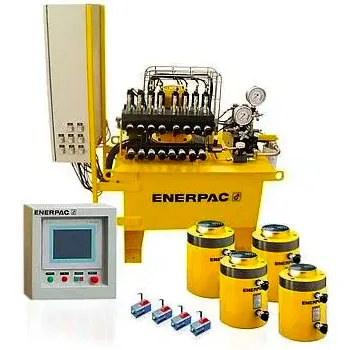
ENERPAC
Enerpac Jacks
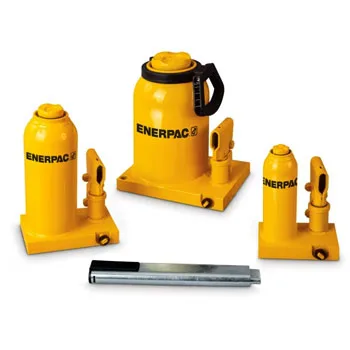
ENERPAC
Hydraulic Presses
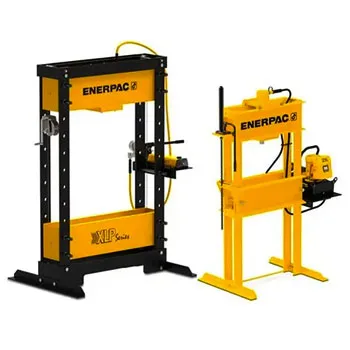
ENERPAC
Torque Wrenches
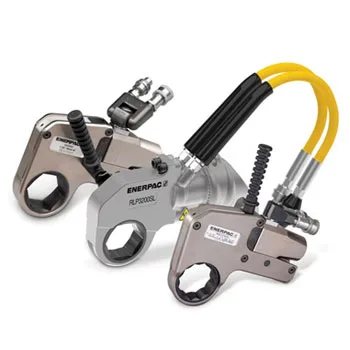
ENERPAC
Pile Testing Power:
How WB Equipment Ensures Strength from the Ground Up
When it comes to constructing skyscrapers, bridges, tunnels, or any structure requiring deep foundations, the strength and reliability of piles is non-negotiable. Pile testing ensures that these buried structural supports can withstand the loads they’re designed for. At the heart of this critical process is jacking equipment, hydraulic and mechanical systems, load cells, and a range of precision accessories that prove piles are ready for the job.
WB Equipment, with the largest inventory of hydraulic jacks and load cells in North America, is a trusted leader in pile testing technology, offering capacities from 0 to 2000 tons and services that cover everything from calibration to on-site support.
What Is Pile Testing?
Pile testing is the process of applying a controlled load to a driven pile or drilled shaft to determine its bearing capacity and performance. In simple terms, it answers the question: Can this pile safely support the loads it was designed for?
There are two broad categories of pile testing:
Static Load Testing (SLT): A direct method where force is applied gradually to the pile using hydraulic jacks. The resulting settlement (movement) is measured with dial gauges, displacement sensors, or digital monitoring systems.
Dynamic Load Testing (DLT): A faster method involving a hammer impact on the pile, with sensors recording stress waves to calculate bearing capacity.
WB Equipment specializes in static load testing systems, providing the precision and reliability that high-stakes infrastructure projects demand.
Hydraulic vs. Mechanical Pile Testing
Pile testing can employ both hydraulic and mechanical methods.
Hydraulic Testing: The most common and versatile, hydraulic jacks exert immense forces (up to 2000 tons) on the pile, with pressure measured by calibrated load cells. Hydraulic systems can be manually operated, electrically controlled, or fully automated depending on site conditions and accuracy requirements.
Mechanical Testing: Less common in large-scale applications, mechanical testing typically involves screw jacks or lever systems. These are suitable for smaller capacities but lack the precision and scale of hydraulic systems.
In modern U.S. construction projects, hydraulic testing is the standard, especially for deep foundations in bridges, skyscrapers, offshore platforms, and tunnels.
Hydraulic Jacks

Hydraulic Jacks
Hydraulic Pumps
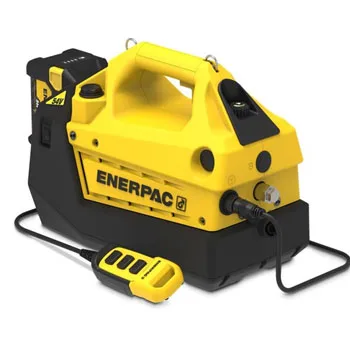
Hydraulic Pumps
Hydraulic Cylinders
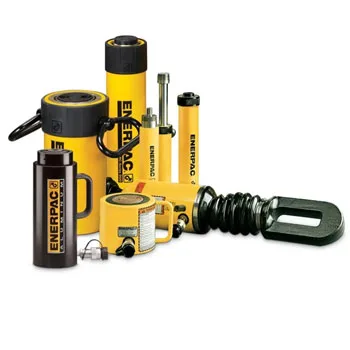
Hydraulic Cylinders
Hydraulic Presses

Hydraulic Presses
Cylinder Pump Sets

Cylinder Pump Sets
Torque Wrenches

Torque Wrenches
Strand Jacks
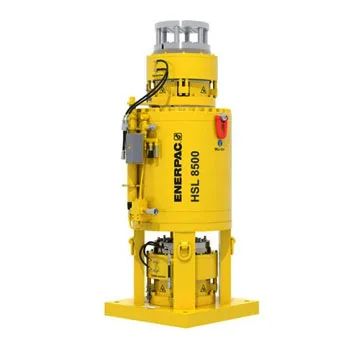
Strand Jacks
Hydraulic Cutters
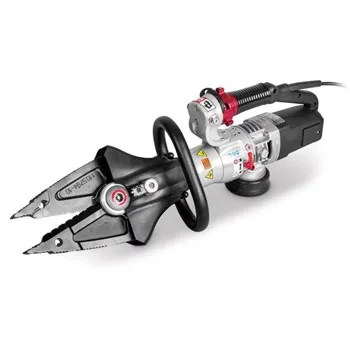
Hydraulic Cutters
Call Us for more information
866-522-5464
How WB Equipment Makes It Work
WB Equipment provides turnkey pile testing systems, designed for reliability, safety, and accuracy. Their offerings include:
Hydraulic Jacks (1–2000 ton capacity): The core tool for applying load to piles.
Load Cells (Resistance & Vibrating Wire): Measure force applied with precise calibration traceable back to NIST standards.
Digital Readout Boxes: Deliver clear, real-time load readings for operators and engineers.
Dial Indicators (Digital & Manual): Track pile movement from 1–20 inches.
Travel Dial Sets: Monitor vertical displacement during testing with accuracy.
Calibration Services: All equipment is calibrated in-house, with capacity up to 1500 tons.
WB Equipment can also overnight equipment anywhere in North America and provide trained personnel to assist with setup, training, monitoring, and recording results.
Where and How They’re Used
Pile testing is essential wherever deep foundations are required. Common applications include:
Bridge Construction: Ensuring driven piles can support massive loads from spans and traffic.
High-Rise Buildings: Verifying that foundation piles resist vertical and lateral forces.
Tunnels & Underground Works: Supporting shield-driven tunnels, subway systems, and grouting operations.
Energy & Chemical Plants: Confirming pile strength under heavy industrial loads.
Marine Structures: Testing piles used in piers, ports, and offshore platforms.
For example, WB Equipment’s systems were highlighted in the Pile Driver article covering the Rhode Island Department of Transportation project, where static load testing helped verify foundation safety and save money through accurate data.
Enerpac Cylinders
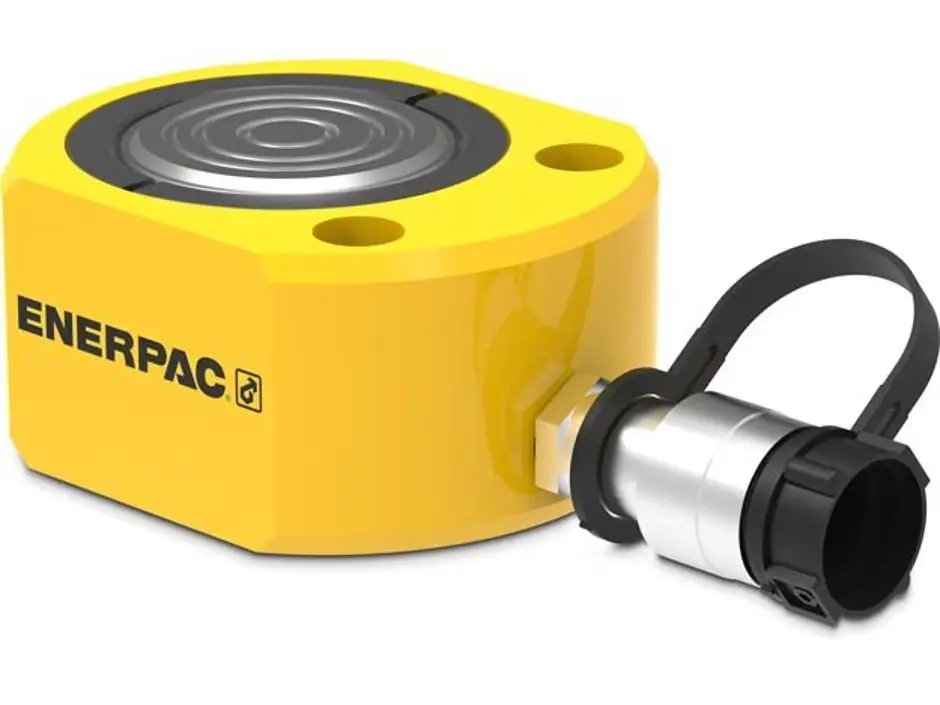
ENERPAC
Simplex Jacks
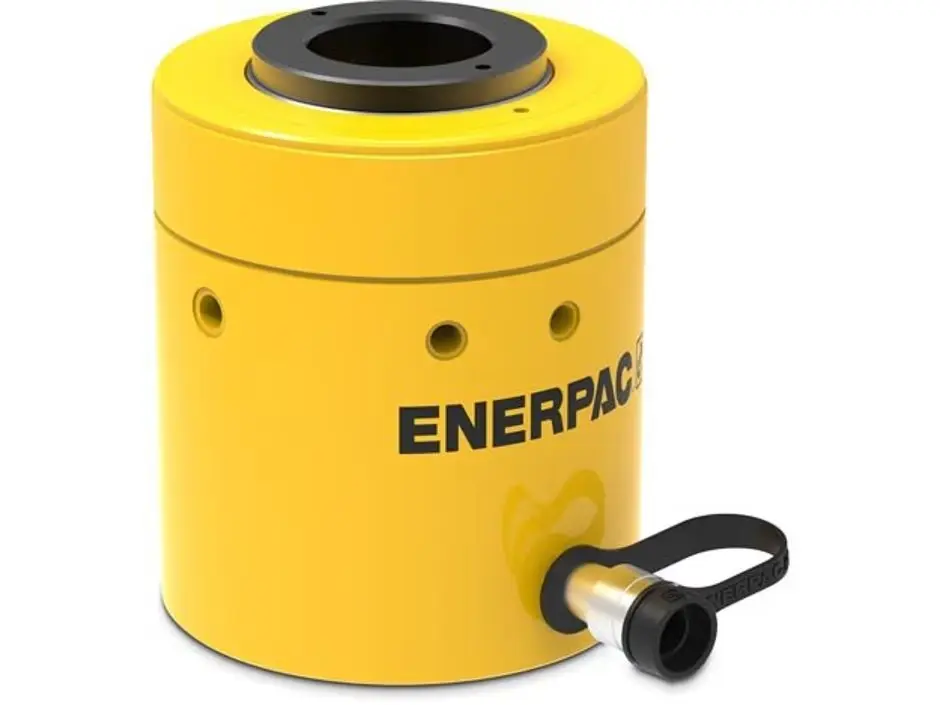
ENERPAC
Air Lifting Bags
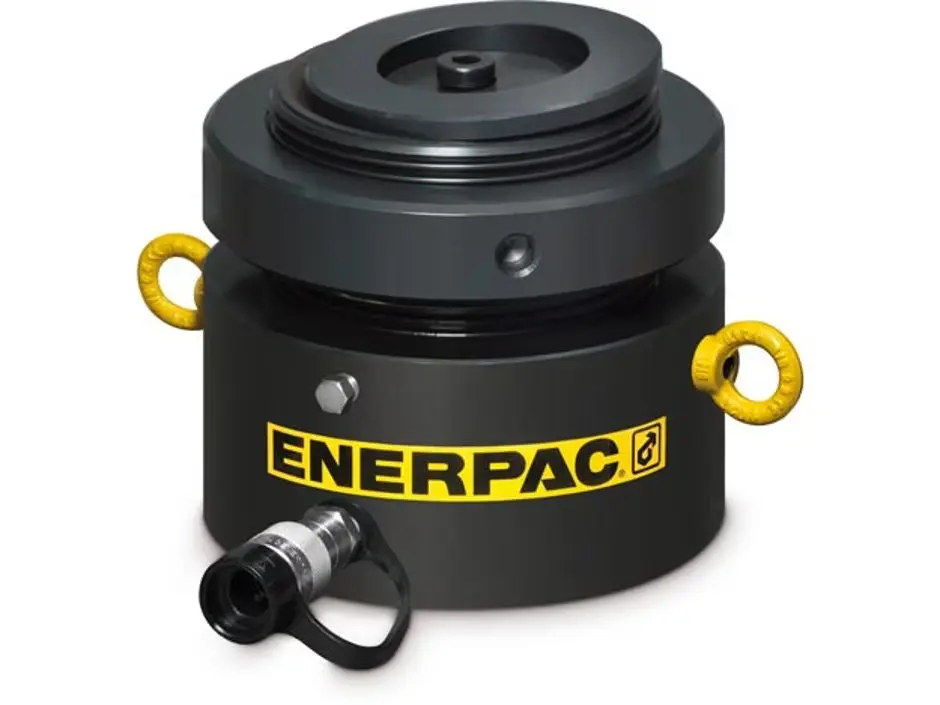
ENERPAC
Hydraulic Presses

ENERPAC
Simplex Spreaders
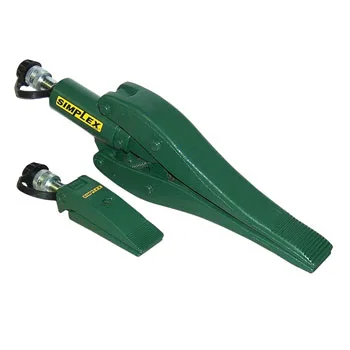
Simplex Spreaders
Simplex Punches

Simplex Punches
Simplex Pumps
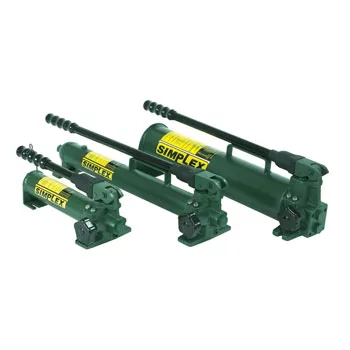
Simplex Pumps
Wheeled Jacks

Wheeled Jacks
Industries That Rely on Pile Testing in the USA
Civil Infrastructure (bridges, highways, tunnels)
Commercial Construction (skyscrapers, stadiums, towers)
Energy (nuclear, wind, offshore oil & gas)
Marine & Ports
Mining & Heavy Industry
Transportation Projects (rail & airports)
Virtually every major sector that involves deep foundations relies on pile testing for safety and regulatory compliance.
Interesting Facts About Pile Testing
WB Equipment has performed load tests up to 1500 tons, with jacking systems capable of 2000 tons.
Load cells used in these tests provide accuracy traceable to National Institute of Standards and Technology (NIST) benchmarks.
Static load tests not only ensure safety but often help contractors save money, as precise results can reduce over-engineering or unnecessary piling.
Pile testing is one of the few construction activities where measurements can literally mean the difference between a sound structure and a catastrophic failure.
Conclusion
Pile testing is the backbone of safe foundation engineering. By combining advanced hydraulic jacking equipment, precision load cells, and expert support, WB Equipment ensures that driven piles can handle the toughest demands of modern construction. With the largest hydraulic inventory in North America, on-site personnel, and the ability to mobilize quickly anywhere in the U.S., WB Equipment delivers confidence that starts from the ground up.
Whether your project involves a 200-ton bridge pier or a 2000-ton offshore platform pile, WB Equipment has the expertise and equipment to keep your foundation rock-solid.
WB Equipment Supply & Ship Hydraulic Jacks and Cylinders
for immediate rentals to ALL States in the USA
Northeast U.S.
New York, New Jersey, Connecticut
(NY-NJ-CT)
The traditional tri-state area around New York City.
Pennsylvania, New Jersey, Delaware
(PA-NJ-DE)
Surrounding the Philadelphia metropolitan area.
Massachusetts, New Hampshire, Vermont
(MA-NH-VT)
Often grouped as the New England tri-state area.
Maine, New Hampshire, Massachusetts
(ME-NH-MA)
Another common group in New England.
Midwest U.S.
Illinois, Indiana, Wisconsin
(IL-IN-WI)
Centered around the Chicago area.
Kentucky, Indiana, Ohio
(KY-IN-OH)
Centered around the Cincinnati metro area.
Michigan, Ohio, Indiana
(MI-OH-IN)
Grouped in the Great Lakes region.
Minnesota, Iowa, Wisconsin
(MN-IA-WI)
A common grouping in the northern Midwest.
Mid-Atlantic U.S.
Virginia, Maryland, Washington, D.C.
(VA-MD-DC)
The DMV region around Washington, D.C.
West Virginia, Pennsylvania, Maryland
(WV-PA-MD)
Grouped in the Appalachian region.
Southeast U.S.
Georgia, South Carolina, North Carolina
(GA-SC-NC)
The southeastern tri-state area.
Tennessee, Alabama, Georgia
(TN-AL-GA)
Near the Chattanooga metro area.
Florida, Georgia, Alabama
(FL-GA-AL)
Bordering the southeastern states.
South U.S.
Tennessee, Arkansas, Mississippi
(TN-AR-MS)
Centered around Memphis.
Louisiana, Mississippi, Alabama
(LA-MS-AL)
Often grouped along the Gulf Coast.
Texas, Louisiana, Arkansas
(TX-LA-AR)
Neighboring southern states.
Kentucky, Tennessee, Virginia
(KY-TN-VA)
Grouped around Appalachia.
Southwest U.S.
New Mexico, Arizona, Texas
(NM-AZ-TX)
Southwestern states.
Oklahoma, Texas, Arkansas
(OK-TX-AR)
Bordering southern-central states.
Nevada, Arizona, California
(NV-AZ-CA)
Southwestern region.
Western U.S.
California, Oregon, Nevada
(CA-OR-NV)
On the West Coast and southwestern U.S.
Washington, Oregon, Idaho
(WA-OR-ID)
Pacific Northwest region.
Montana, Wyoming, Idaho
(MT-WY-ID)
Mountain West tri-state area.
Colorado, Wyoming, Nebraska
(CO-WY-NE)
Neighboring Rocky Mountain states.
Central U.S.
Missouri, Kansas, Nebraska
(MO-KS-NE)
Centered around Kansas City.
Nebraska, South Dakota, Iowa
(NE-SD-IA)
Great Plains region.
North Dakota, South Dakota, Minnesota
(ND-SD-MN)
Upper Midwest.
Colorado, Utah, Arizona
(CO-UT-AZ)
Mountain Southwest region.
Mountain West U.S.
Utah, Wyoming, Idaho
(UT-WY-ID)
Mountain West group.
Montana, South Dakota, Wyoming
(MT-SD-WY)
Northwestern tri-state area.
Nevada, Utah, Arizona
(NV-UT-AZ)
Western U.S. states.
Non-Contiguous States
Alaska (AK)
Separate due to its location in the far north.
Hawaii (HI)
An island state in the Pacific.

